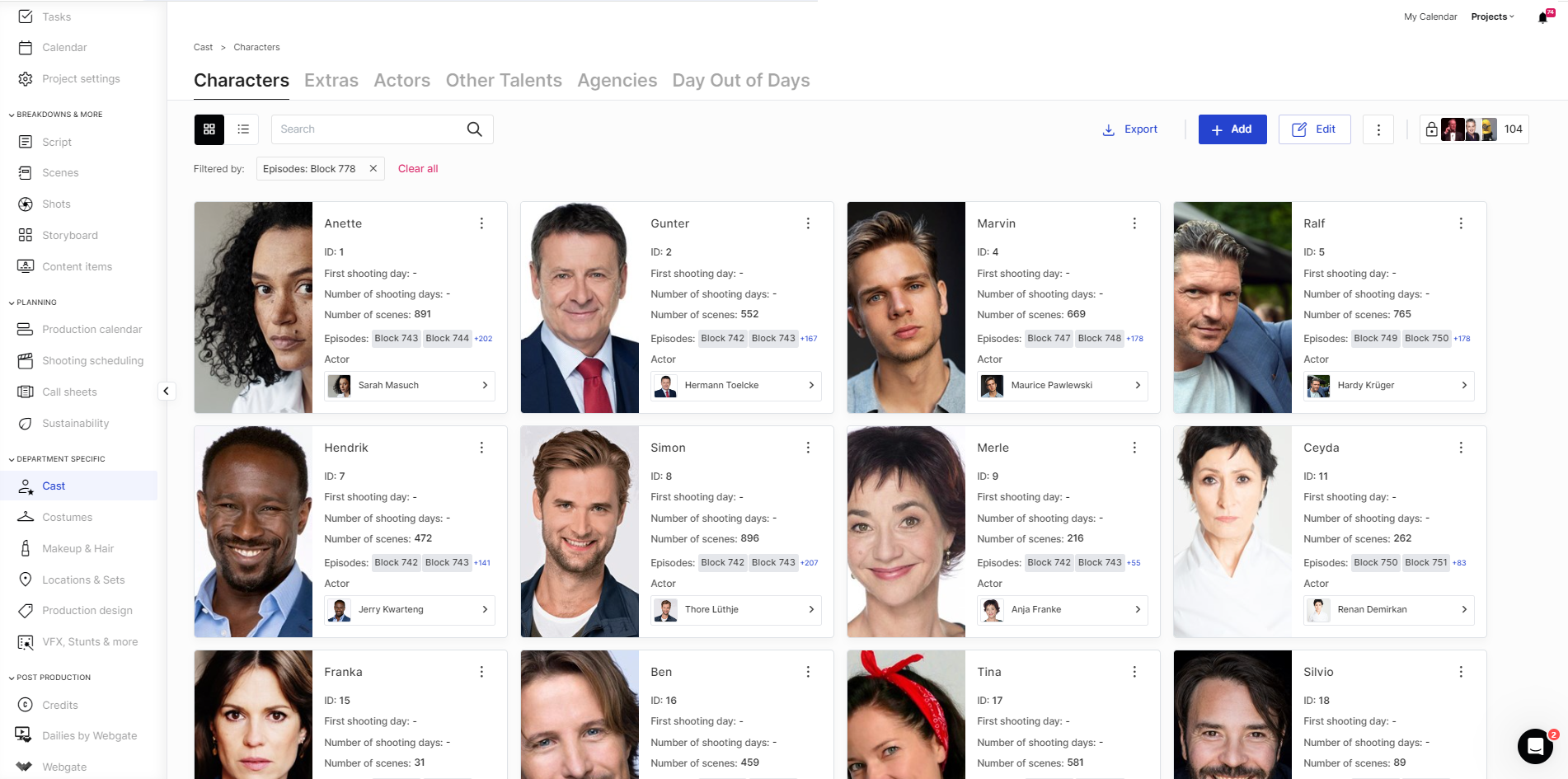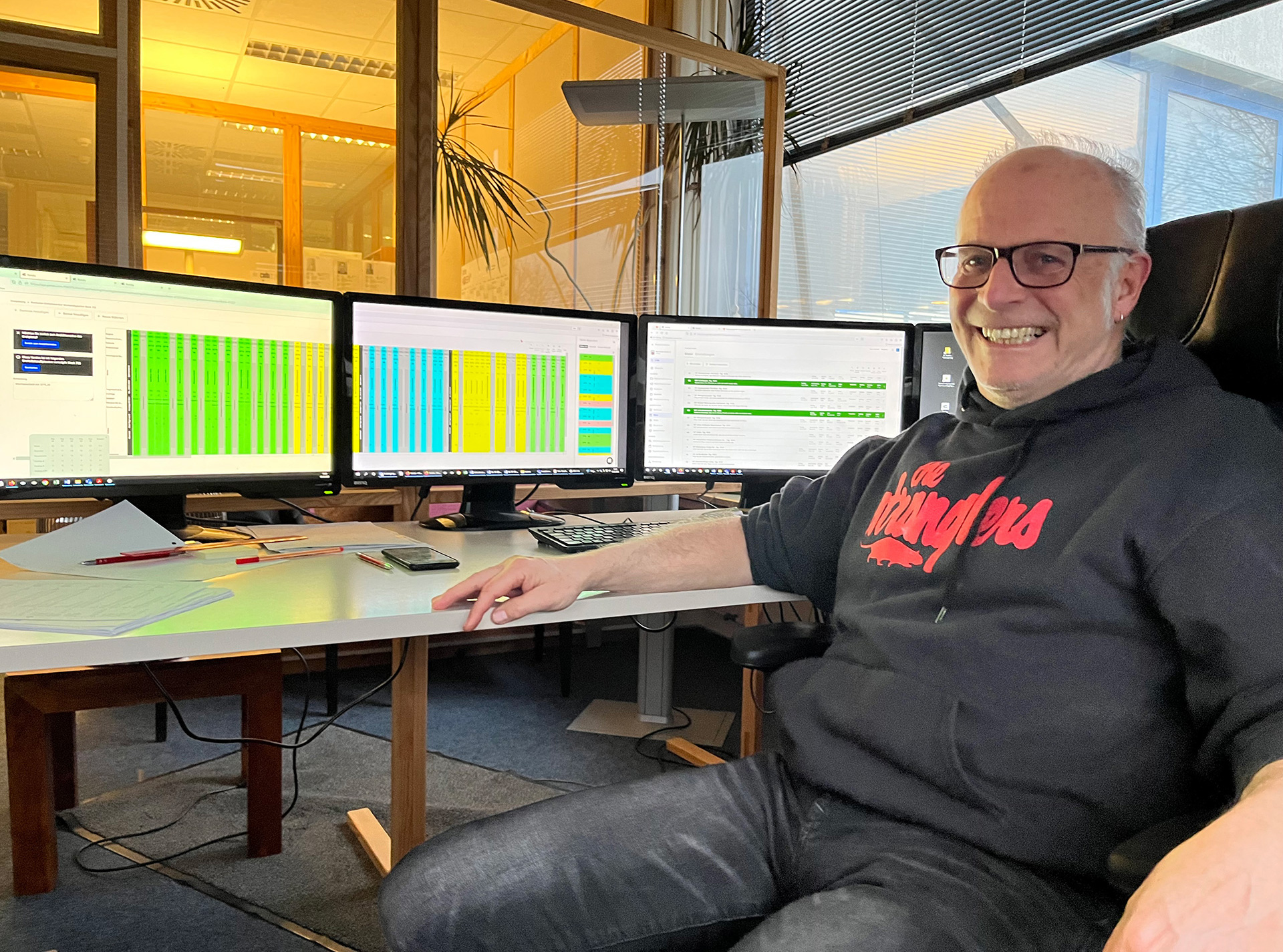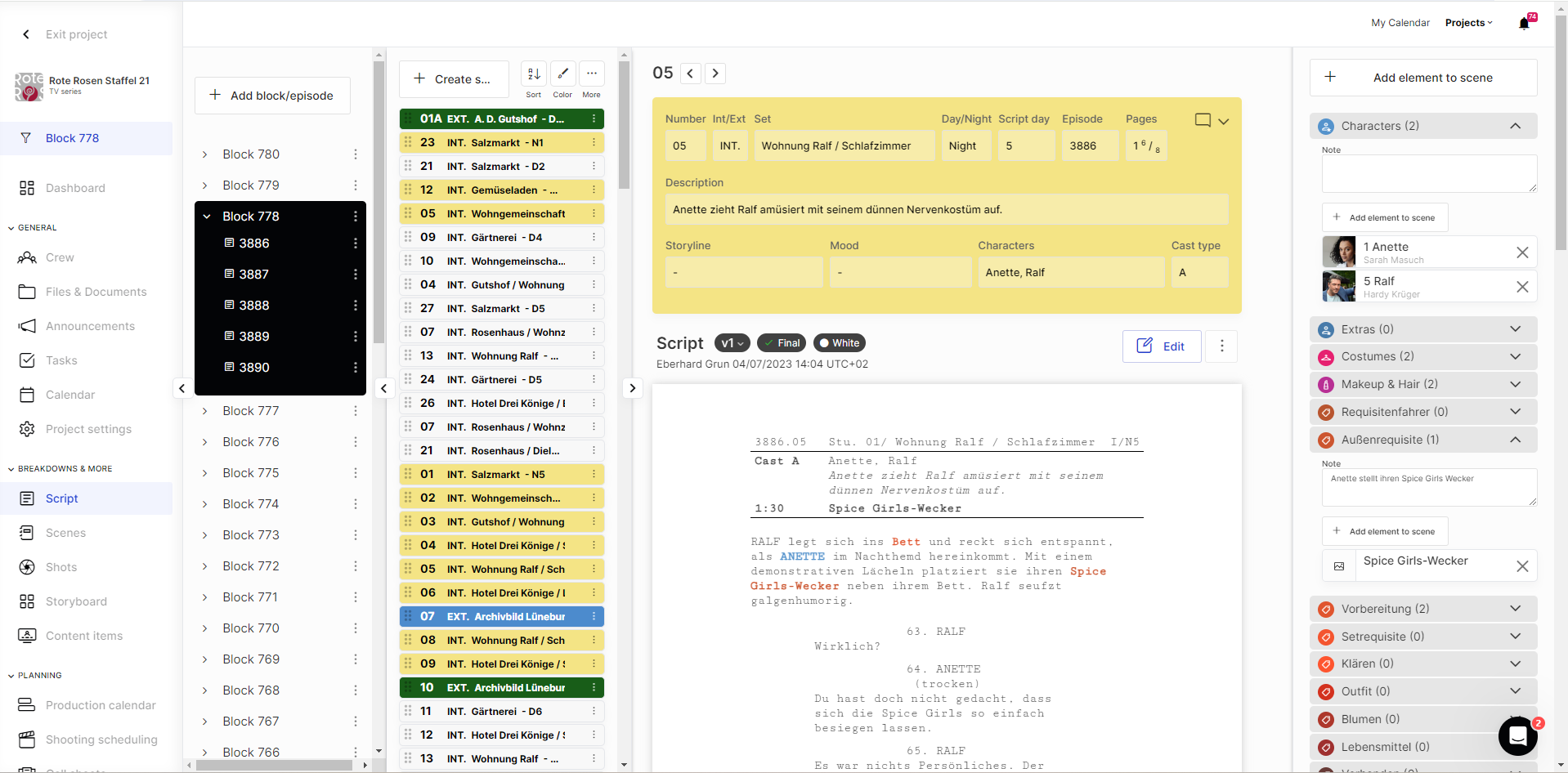Transforming Pre-Production in the Cloud
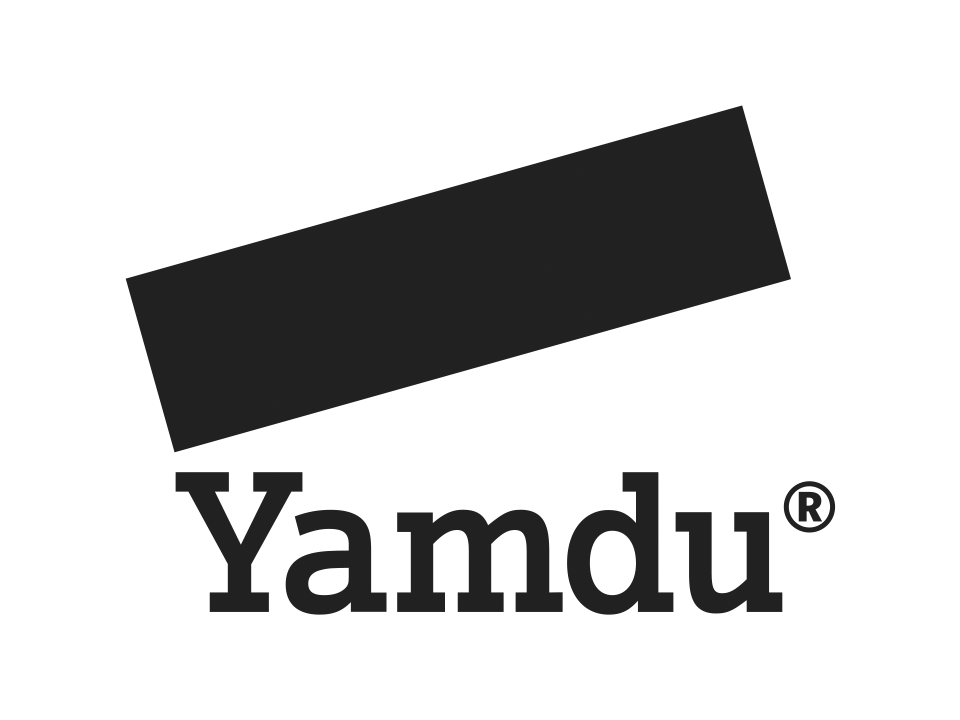

120 crew members
80 actors
40 writers
45 min of new content /
5 days a week
call sheet creation time from 3-4 hours to 30 min
30-120 mins of script management and many little chores per department per day, down to 0
Summary
Yamdu was selected as the all-in-one pre-production workflow tool for German production powerhouse Studio Hamburg Serienwerft (SHSW). SHSW specializes in daily drama production and produces Rote Rosen (“Red Roses”), one of Europe’s longest-running telenovelas (on air continuously since 2006). Since 2020 the team has been working with Yamdu as its pre-production management system. In 2023, Yamdu added new features for script writing, which has brought the entire story team together in one cloud-based hub.
Yamdu provides SHSW with a cloud-native workflow from development to production. The Yamdu solution unites all pre-production departments in one hub and one workflow sharing the same asset library. Scripts are created and commented on in the cloud. Data and its iterations are published and made accessible according to granular access rights and with automated notifications. All team members use individual accounts, with authorized access to the assets or information they need, and access rights configured on a project, season, episode, production block, unit or company level. All departmental data is stored in searchable libraries, and all narrative elements and production objects can be reused across projects and seasons. Everything in Yamdu is object-based, with all objects logically linked to each other, including the differentiation between “narrative elements” of the script and production objects and metadata of the real world. The solution demonstrates the far-reaching benefits of uniting previously siloed departments around shared cloud repositories and workflows in alignment with the MovieLabs® 2030 Vision.
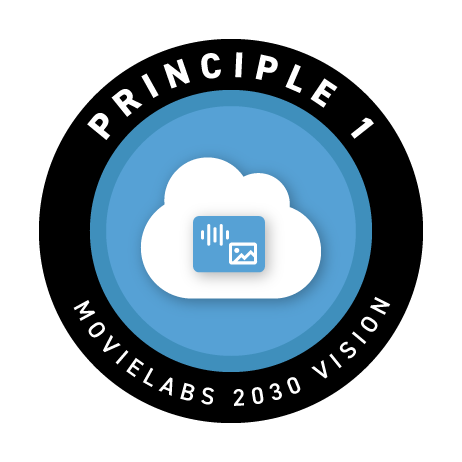
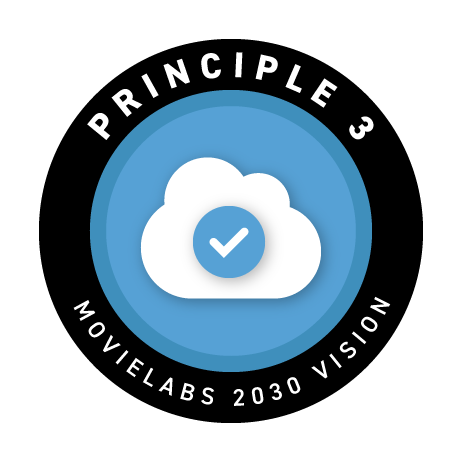
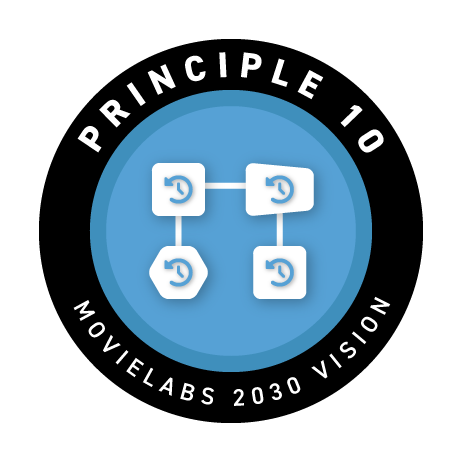
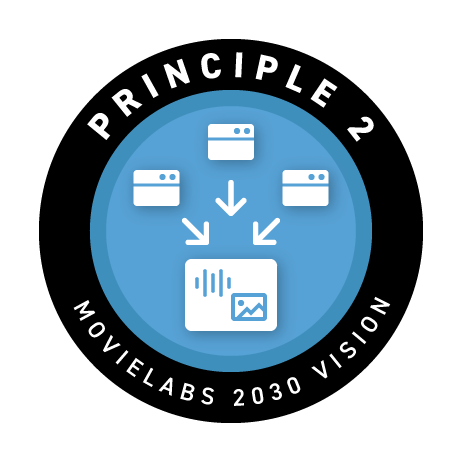
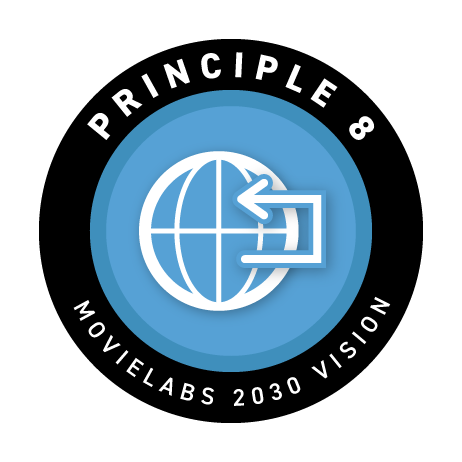
Background
A daily drama like Rote Rosen requires a factory-like production workflow. More than 120 crew members and 80 actors shoot one 45-minute episode per day, five days a week (one week equals one shooting block). While major storylines are sketched out prior to each season, a writers’ room of 40 writers must deliver all episodes of a block each week, allowing the production team three weeks to prepare before these episodes are shot – while shooting and wrapping current and previous shooting blocks.
Prior to Yamdu, blocks, episodes, and scenes were drafted using a self-engineered on-premise solution. The writers created the individual episodes either in Microsoft Word or Cast & Crew’s Final Draft and the drafts and scripts were exchanged via email. This process was repeated for all iterations. Once approved, the locked scripts were sent via email as PDFs to the creative departments (costume design, production design, make-up & hair, etc.), the First AD, and so on.
The creative departments started to break down the script and collect assets in Excel or Word templates. The First AD used the self-engineered on-premise solution to re-create the scenes, adding all necessary details for scheduling while reading through the Word or PDF script files.
Eventually, a Second AD or coordinator used Word to turn the shooting schedule information into a manually created call sheet that could be distributed via PDF and emailed to the cast and the crew.
In reality, scripts and schedules are never 100% locked. The shooting schedule for each block receives two or more updates per day. Under the previous workflow all changes in the script or shooting schedule triggered manual updates and the re-distribution of new PDFs via email. Unsurprisingly, this process was labor-intensive and wasted precious hours that could be spent more effectively on creative work and other administrative tasks. Needless to say, it was also error-prone. As the diagram shows, manual data transfer was required by at least five departments for each new version of a script or schedule.
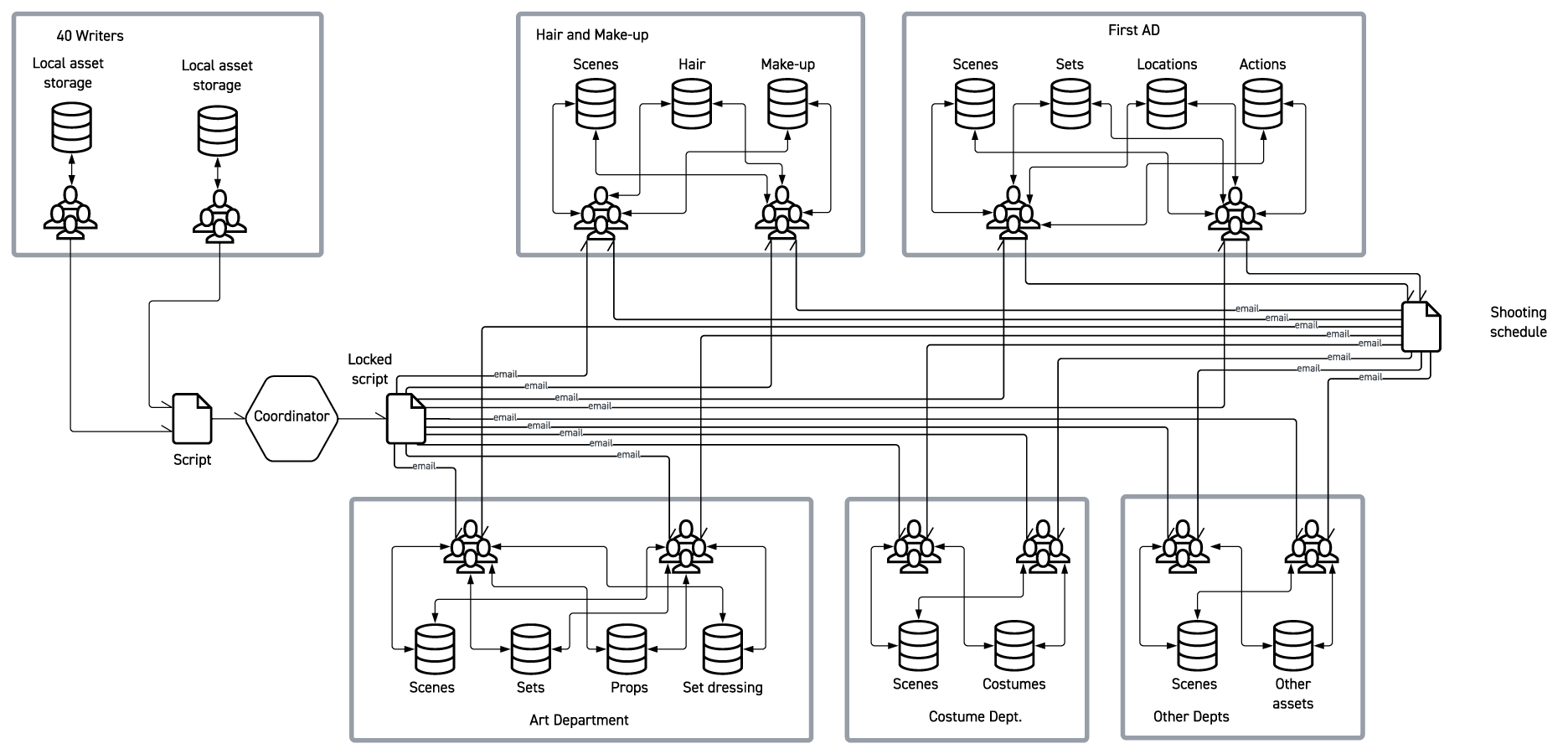
Solution
Diepers and his team imagined a workflow in which the team works on one production hub in the cloud that speeds up the entire process by bringing the writing team and the production department closer together. The mission was to ban paper and print-outs and eradicate the data silos of the various departments to increase efficiency and decrease errors and miscommunication.
In response to that vision, Yamdu provides a central repository of all production information from the script, casting, departmental breakdowns and production planning (see figure below).
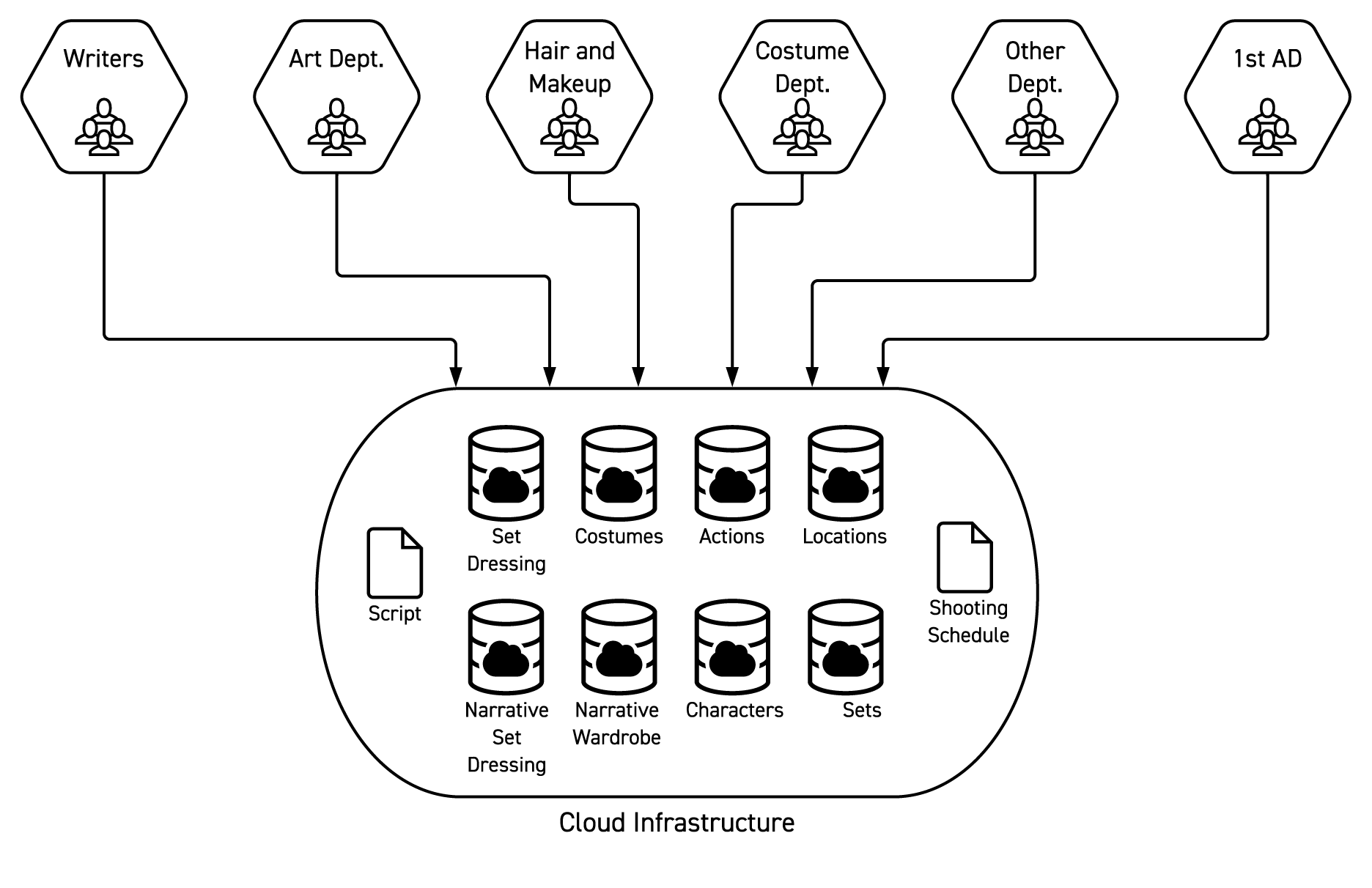
A main goal when building Yamdu was to make it accessible to a wide range of filmmaking professionals, independent of their proficiency with software. As a consequence, Yamdu was developed as a browser application to remove the need to install software on devices. Thanks to the responsive user interface, it operates on any device that has a modern web browser.
Upon login Rote Rosen users see a general dashboard with recent news and upcoming tasks. A user also sees the features for the areas relevant to their role and position in the project. For instance, a user in the costume or make-up department will see many (not all) details of characters and actors; a production design user will see sets and locations, and so on. In addition, Yamdu highlights “updates” or “conflicts” that are new for the user and should be addressed.
The teams share the same assets via one cloud-based solution, offering consistency among the narrative elements of the show and collaboratively adding the production objects to the narrative elements by collecting suggestions and enriching the data.
In late 2023, the last piece of the mission was finally accomplished when the Rote Rosen writer’s room shifted to Yamdu, allowing the production process to start natively in the cloud for the first time, without an upload from Final Draft. Under the new workflow all blocks, episodes and scenes can be created and written directly in the cloud – reusing existing assets or creating new ones. All treatments or scripts can be commented on and revised in real-time, collaboratively. Scripts are now published rather than sent via email, and the production teams can start to prep the shooting day immediately.
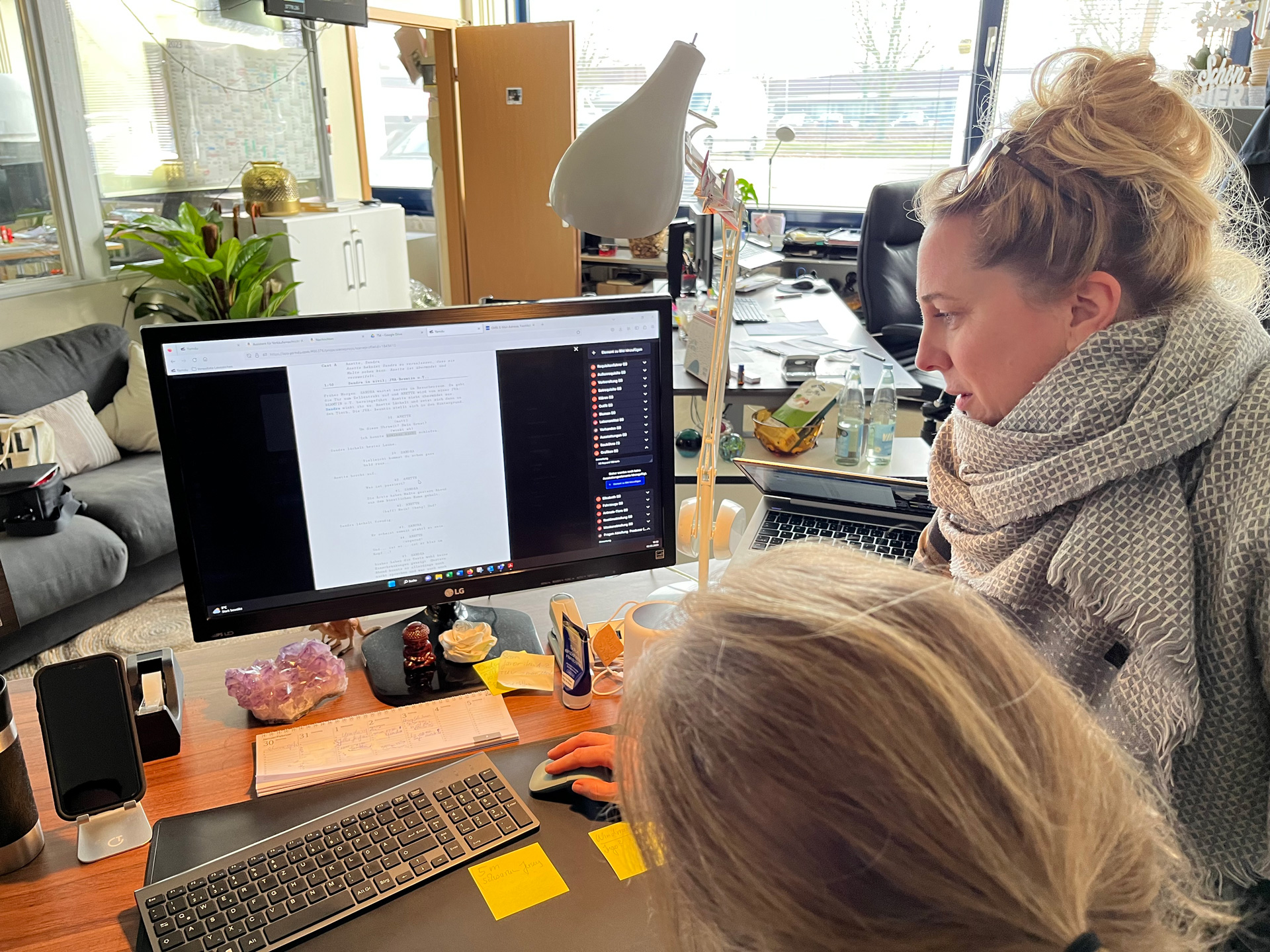
Changes to interconnected objects trigger automated updates and notifications. For example, when the shooting schedule is updated, all crew members are notified and their departmental data is updated in real-time (e.g., for Day-out-of-Days reports). A set dresser will see the sets, the shooting location, and all props needed for a particular set, scene and shooting day; a costume designer will see the sizes of the linked actor, the linked costume changes for a scene, and the scenes and the script for a shooting day.
Architecture
The Yamdu technology stack includes an ASP.NET server application which offers a REST API. The server application is running as a Microsoft Azure cloud service and has a web role, answering API requests, and a worker role, handling periodic tasks like sending out notifications. Both roles can run on multiple instances, dynamically adjusting to the workload. They fetch data from a SQL database and files from a storage account. Video uploads (e.g., location videos, casting reels, trailers, social media content) are sent to a media service that generates previews in multiple resolutions. The cloud services, storage and database servers all are hosted redundantly in multiple locations in Europe to guarantee high levels of availability.
When all users access the same platform, a major concern is preventing unauthorized access to sensitive information. Unlike generic tools to share information, like cloud share services, Yamdu allows its users and administrators to select access rights according to the standard positions and hierarchy of the film industry. Yamdu automatically suggests a set of rights for several hundred typical positions in film projects. Administrators can ensure that users have read or edit access to information needed for their position, but cannot view files or data which they are not authorized to see.
A key feature of Yamdu is its object-based mechanism for linking together all narrative and real-world assets of film productions. Every asset and link has a type, e.g., character or plays, and an ID. Using that example, Yamdu then is able to store a play relationship between character A and actor 8 in scene 3a. If character A appears in scene 3b as well, character A and actor 8 are automatically linked with a play relationship to scene 3b. If Character A is ever recast to actor 9, it’s a simple change to reassign all associations so that actor 9 is ready to read for the part immediately and with all call sheets and production planning automatically updated.
BENEFITS
The SHSW team now has one centralized solution in the cloud for the entire development, pre-production, and production process which improves efficiency across the board, specifically:
- One single source of truth: All crew members can access one platform and know that it is current and used consistently by all their colleagues. All custom spreadsheets, PDFs and Word documents have been retired. Paper and email are banned as much as possible, which also helps prevent spoilers and IP leaks. This provides more control on how and for whom data is published compared to an ‘on premises’ workflow.
- In sync: Yamdu offers a fully integrated production workflow that keeps the script and the shooting schedule in sync – version by version, day by day. Even though writers can now write and edit scripts directly in Yamdu, an integration with Final Draft (import and export to Final Draft’s fdx file format) is still supported if a writer wishes to choose that option.
- Publishing and real-time iterations: If (and when!) changes occur, the platform notifies impacted users to re-check requirements for each scene. With only three weeks of prep time for each shooting block, this means more days of valuable time for creating, shopping, or negotiating rather than copying lists.
- Common asset library: Yamdu serves as one gigantic library in the cloud, with all narrative elements and all production assets reusable across seasons of a show (e.g., the production design team is collecting 8,000-10,000 props each season).
- Granular and time-based access rights: According to position or customized permissions, different users can view or edit different aspects of the same object. For example, a producer sees contact information or contracts of an actor, the costume department sees sizes, catering sees dietary restrictions, and so on. If a crew member is hired for only a season or a shooting block, access can be withdrawn automatically when the job is done.
- Automation: Many labor-intensive chores are automated, saving hours each day across all departments. For example, the multi-unit call sheet creation time decreases from 3-4 hours daily to just 30 minutes.
- Focused overview: Depending on access rights, users see what they need to see. Users also can filter by shooting blocks and episodes to focus on their current To-Dos.
- Structure and alignment: Having reduced data and workflow silos, the entire crew now follows one structured process in the cloud. This not only eliminates miscommunication; it also offers more transparency and easier handovers between and within departments. Following one cloud-based structure with centralized data is a significant improvement over storing precious production data locally on one person’s laptop.
Of course, Yamdu does not replace all software in a production house and it cannot do everything, but it does offer a broad set of production management features, especially for pre-production and planning.
Alignment with MovieLabs® 2030 Vision Principles
The Rote Rosen case study demonstrated some core principles in software-defined workflows and real-time iteration enabled by a single source of truth in the cloud, specifically:
PRINCIPLE 1
The Yamdu solution provides one cloud-based repository for the entire development, pre-production, and production process. Starting with the first drafts of the script from the writers’ room, assets can be drafted and stored directly in the cloud, allowing the entire team to track changes and update production schedules and workflows in real-time. All narrative elements and production assets are stored in the cloud and available for reuse across seasons of the show. Changes and versions are tracked in the cloud so that the entire team has one single source of truth; and with the new Yamdu script solution writers now can create directly in the cloud instead of ingesting that first element from a 3rd party application.

PRINCIPLE 2
The Yamdu workflow enables the pre-production process to begin in the cloud and end in the cloud. All departments store and manage pre-production assets in Yamdu, including scripts, casting information, departmental breakdowns, costume and set designs, schedules and production plans. While writers can draft locally using Final Draft if they choose, that workflow is enabled by a special integration that keeps all versioning tracked in Yamdu, allows revisions and edits to be done directly in Yamdu, and ensures that script changes and files are published from Yamdu directly to all other departmental users.

PRINCIPLE 3
When scripts are ready, writers trigger Yamdu to publish them to reviewers and production teams without any need to email Word or PDF files. As changes occur to the scripts or other production assets, Yamdu notifies relevant users so they can adjust requirements for new or changed scenes. Production teams are able to adjust sets, props, or costumes as needed in response to real-time information about changes to the shooting day.

PRINCIPLE 8
The Yamdu system links media and production assets to keep the script and the shooting schedule in sync. Every asset in Yamdu has a unique identifier and a type, e.g., character or actor. Relationships between assets are also defined and given identifiers, e.g., a plays relationship between an actor and a character. Yamdu stores the types of assets and relationships between them. For example, a scene is shot on a certain set, which is constructed at a certain physical world location. With teams sharing the same assets via one cloud-based solution, the linking system enables real-time collaboration on narrative elements and production objects as Yamdu collects and links data from different departments with comments and suggestions. Changes to scripts, schedules, or other interconnected objects trigger automated updates and notifications to all departments so that costumes, sets, or props for the shooting day can be changed or updated as needed.

PRINCIPLE 10
One interconnected workflow with real-time linkages between scripts, schedules, and other production assets enables automation and elimination of repetitive, manual tasks. For example, each department used to spend 30-120 minutes per day doing script management or related little chores, and that has dropped to zero since those tasks now are automated within the platform.

Partners
Final Draft has been a key partner in enabling Yamdu to support varied writer workflows. When SHSW’s writers requested offline functionality for use of Final Draft, Yamdu created an extensive and unique round trip between Yamdu and Final Draft to offer a fallback offline workflow. Users can import to Yamdu directly from fdx-files, Final Draft’s native format. Yamdu recognizes the scene headers, sets, characters, action lines and dialogues from Final Draft. It also imports tagged elements and allows the user to create new categories for the breakdown and, if needed, allows the user to import scene-specific treatments.
“Yamdu is seamlessly closing the gap between the creative writing process and the ever-changing requirements of production. We believe Final Draft and Yamdu are the go-to combination of tomorrow’s production processes.”
LESSONS LEARNED
As the solution was created, questions about the sharing of assets, visibility and other access issues became central, making it necessary to provide transparency and clarity to users. For instance, during user onboarding it became clear that the team needed a feature to show who is working in a particular area to prevent overwriting. The solution also needed to show access rights for each section to create transparency about who can see what – or not.
The Yamdu team also underestimated the stickiness of applications like Word, Excel, and old-fashioned email. Fine-tuning features to achieve adoption for a fully integrated and cross-departmental workflow required more time than expected, needing not one but two to three seasons. A key lesson was to spend extra time listening to stakeholders, socializing the workflow changes, and fine-tuning features to demonstrate the benefits that encourage real adoption.
As a result, the team decided to implement the solution first at the later stages and work backward to initial script creation. That meant starting with call sheet creation and scheduling, moving to the creative department, script breakdowns and asset management, then working all the way back to the writers and the new story creation features. Working in that order, Yamdu and SHSW adjusted the needs in the later stages of production first, which provided more insight into how a drastic change in the earlier writing workflow would benefit the writers and enhance the overall production process in later stages. The change process helped show the benefits for all departments of a collaborative workflow in the cloud. Deep, open and frank discussions among all departments were required to make the undertaking successful, and SHSW thankfully was willing to support the process.
“The challenge was not only to implement features for the various departments in order to meet the complexity of a fast-processed production. It was also to rethink the entire user experience to turn isolated solutions into a collaborative workflow.”
NEXT STEPS
The implementation of Yamdu has triggered new ideas in other departments like post-production, which currently is evaluating how Yamdu can help make pre-production data usable downstream. As Yamdu already knows the scenes shot on what day with what characters, costumes, props, and on which sets, the natural next step to connect to the editing room to streamline the entire reporting process. That connection would bridge the gap not only to the final take but also to the final cut.
Yamdu is looking to implement the MovieLabs Ontology for Media Creation (OMC) to fine-tune their existing approach to be more compatible with common data models like OMC, drive industry interoperability, and help expand connections between pre-production data and downstream uses such as post-production.
MOVIELABS PERSPECTIVE
MovieLabs appreciated not only the technical approach to unifying data in the cloud but also the lessons in change management required to turn decades of legacy workflows into new cloud-based approaches. Even though these new workflows are more productive, they require the considered buy-in of the user community and cannot be forced; it’s important for implementors to consider a slow and deliberate change management plan when deploying new workflows. Yamdu’s work on Rote Rosen also shows how a rich ontology which contains not just data but the relationships between the data elements provides a foundation for extra functionality and interoperability with other systems. These benefits will compound as more applications expose their data and relationships (using OMC as translation layer) and unlock even more benefits as we move into an interoperable 2030 workflow environment.
Get the Case Study
Download a free PDF of this case study

